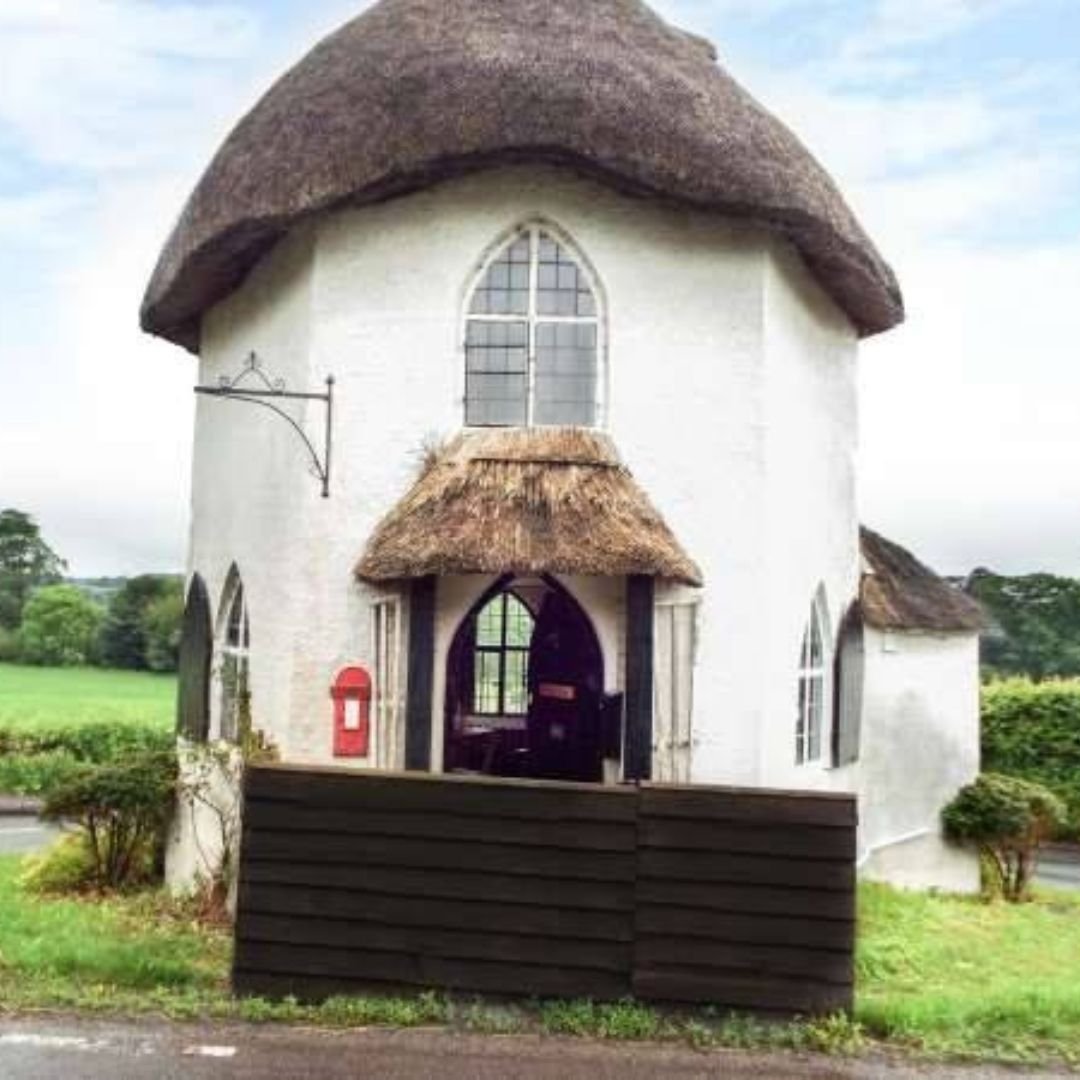The Round House: Grade II Listed Former Toll House
The Round House in Stanton Drew, Somerset is very well-preserved and still stands today.
Grade II listed, it was built around 1793.
The thatched building was once a toll house, but today, it's possibly the smallest detached property in England.
The two-storey building is hexagonal in plan and it’s situated on the road between Chew Magna and Pensford.
It was originally built by the West Harptree Turnpike Trust and served as a toll house when turnpikes were in use.
A pouch hung on a hook over the door was used by coach drivers to pay the toll.
In the 1850s, it was home to the Burridge family who acted as the toll collectors until the Turnpike Trust was abolished in 1876.
From 1896 to the 1940s, it was lived in by Frederick Rich - and it was still occupied in 2012.
On the ground floor, there is a kitchen and shower room, and there is a bedroom on the first floor.
The total living space is 24 square meters.
In 1840, according to the Turnpike Returns in Parliamentary Papers, there were more than 5,000 tollhouses operating in England.
These were sold off in the 1880s, when the turnpikes were closed.
Many were demolished but several hundred have survived for residential or other use, with distinctive features of the old tollhouses still visible.
The gates were often at points where it was least likely that horse riders or horse drawn vehicles could avoid paying the toll e.g. bridges and crossroads.
They were usually located outside urban areas to avoid charging local businesses.
Early toll houses were built in the same style as local cottages in the area but by the 19th century a distinctive style evolved.
Many toll houses resembled the lodges built at the entrance to large estates and those built in the 1820s had polygonal fronts, which gave the toll collectors good views up and down the roads.
Toll houses were usually built close to the road and many of them had porches, which jutted out into the road.
On major roads grander toll houses were built e.g. with castellations on them to impress wealthy travellers.
The isolated location of most toll houses meant that they were vulnerable to attack by thieves and highwaymen.
Therefore the windows often had shutters and/or bars on them and the houses also had built-in safes.
Toll houses were often built to a higher standard that most of the local vernacular cottages, in order to attract honest and reliable toll collectors.
The turnpike road network reached its greatest extent in the 1840s when there were over 20,000 miles of roads controlled by over 1,000 trusts.
Traffic on the turnpike roads declined from the 1840s as the railway network developed.
Most turnpike trusts were wound up in the 1870s and the toll houses were sold off.
The last turnpike trust to be wound up was one on Anglesey in 1895.
Responsibility for the roads was taken over by Highway Boards and later County Councils.
If you enjoyed this blog post, please follow Exploring GB on Facebook for daily travel content and inspiration.
Don’t forget to check out our latest blog posts below!
Thank you for visiting Exploring GB.















